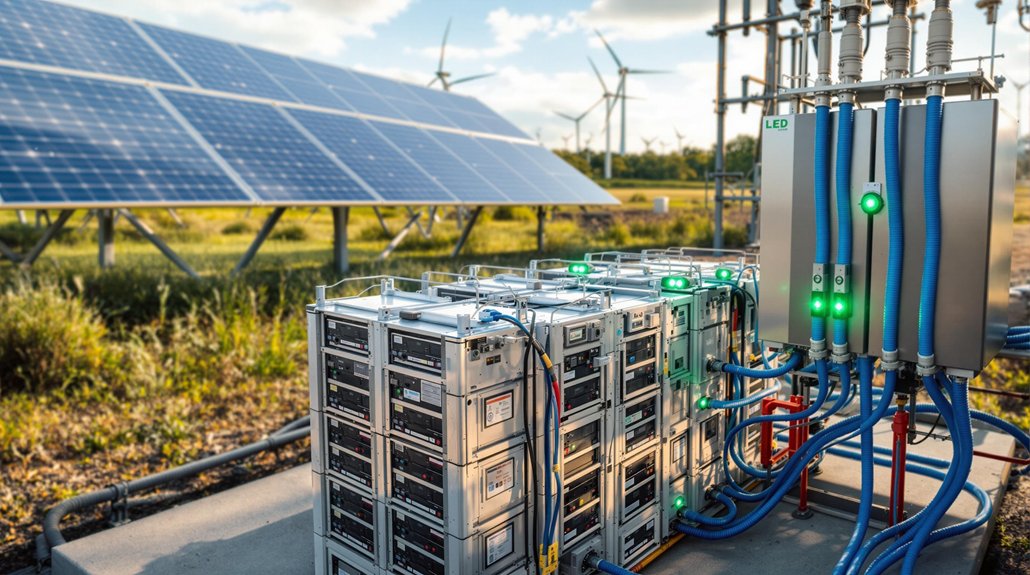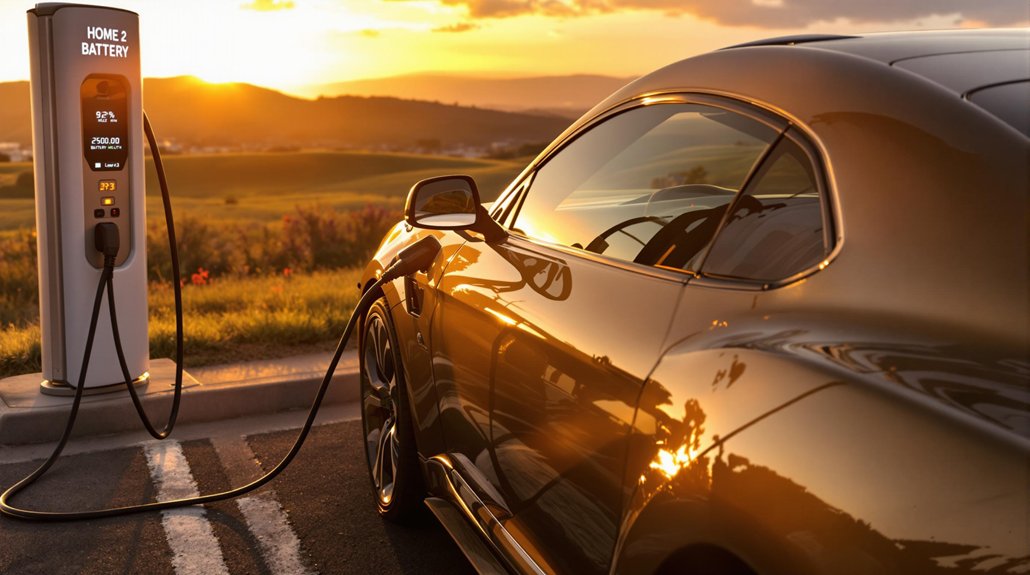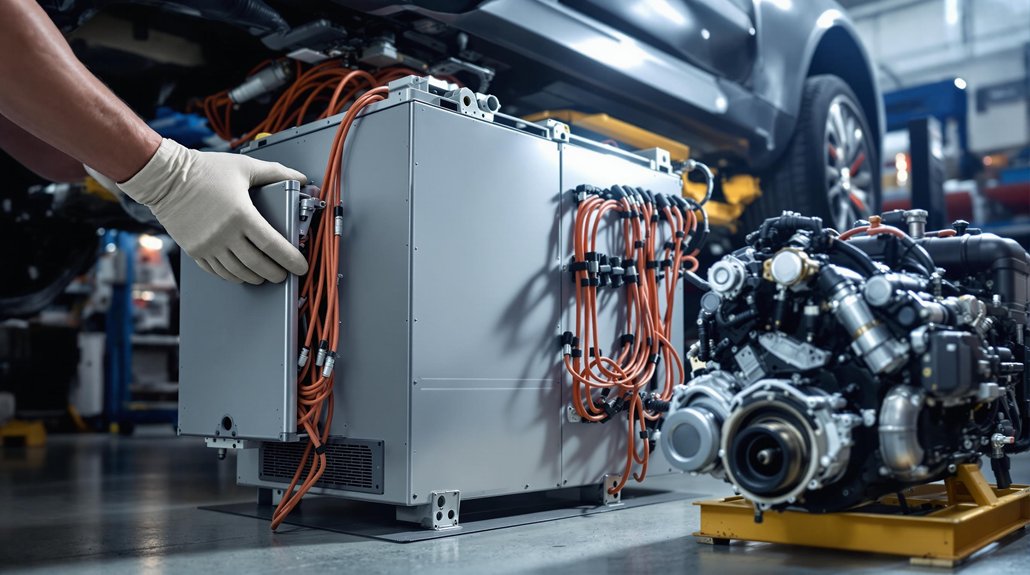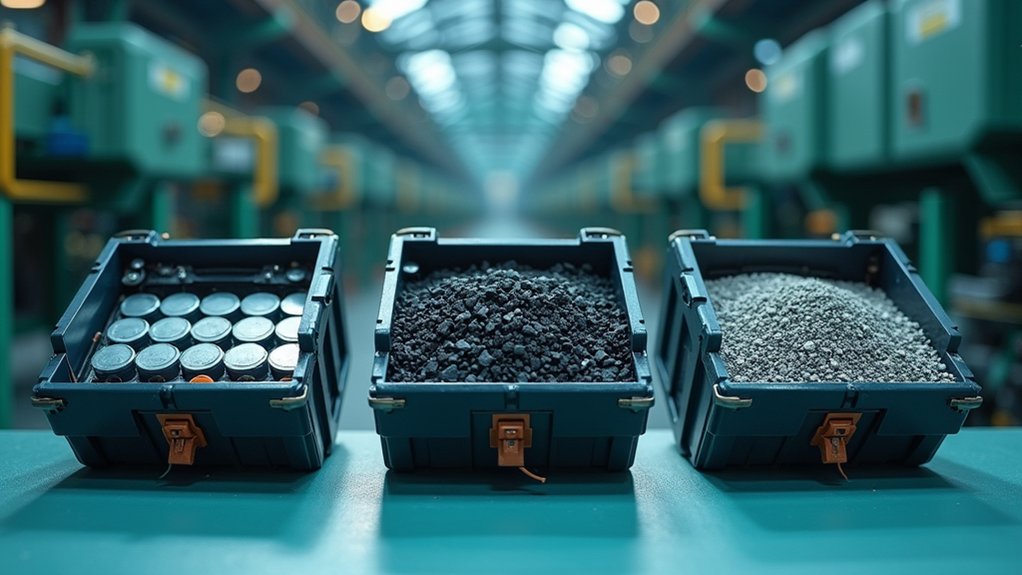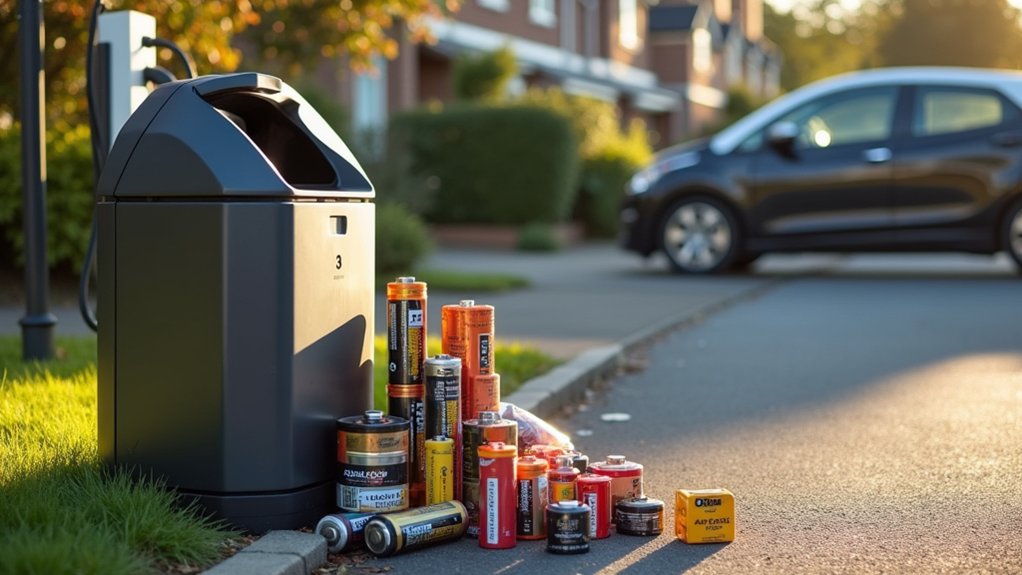As the electric vehicle revolution accelerates across global markets, a secondary transformation is quietly taking shape in the energy sector. The growing fleet of EVs has created an unexpected resource: batteries that no longer meet automotive standards but retain 70-80% of their original capacity. These “second-life” power sources represent a tremendous opportunity for microgrid developers seeking cost-effective energy storage solutions.
The economics are compelling. With nearly $74 million in federal funding directed toward EV battery recycling and reuse projects, the infrastructure for repurposing is rapidly developing. I’ve observed that raw material shortages for new batteries have only accelerated interest in this sector. Redwood Materials exemplifies this trend, processing an impressive 20 GWh of batteries annually—equivalent to 250,000 EVs—and using them to construct North America’s largest second-life battery microgrid in Texas.
Federal investment is fueling a second-life battery revolution, turning yesterday’s EV power into tomorrow’s microgrid solution.
Technical challenges that once seemed insurmountable have yielded to innovation. Second-life batteries could supply significant material portions needed for future EV production by 2050, including up to 52% of required cobalt. Advanced diagnostic systems using AI and electrical pulse techniques can rapidly assess battery state of health, while sophisticated control systems integrate diverse battery chemistries. Redwood Energy has developed a modular storage system that can incorporate qualified battery packs from any manufacturer, regardless of their original application. The resulting systems deliver 10-15 years of additional service life before final recycling becomes necessary.
The grid benefits are substantial. These microgrids enhance resilience during increasingly common climate disasters, providing critical backup power during outages while supporting everyday grid flexibility. By storing renewable energy for dispatch during peak demand, they reduce reliance on fossil-fuel peaker plants, which typically operate at the grid’s dirtiest margins. Bidirectional charging capabilities further expand these systems’ utility by enabling power flow between vehicles and the grid.
Sustainability metrics improve considerably when batteries enjoy extended use. The environmental burden of manufacturing is spread across a longer operational lifetime, and precious materials remain in circulation rather than requiring immediate recycling or, worse, landfilling.
For communities facing frequent power disruptions, these systems represent energy democracy in action. Rural data centers and urban resilience hubs in disadvantaged areas benefit equally from this technology that transforms what was once considered waste into a valuable grid asset.
The microgrid revolution powered by second-life batteries isn’t just coming—it’s already here.
